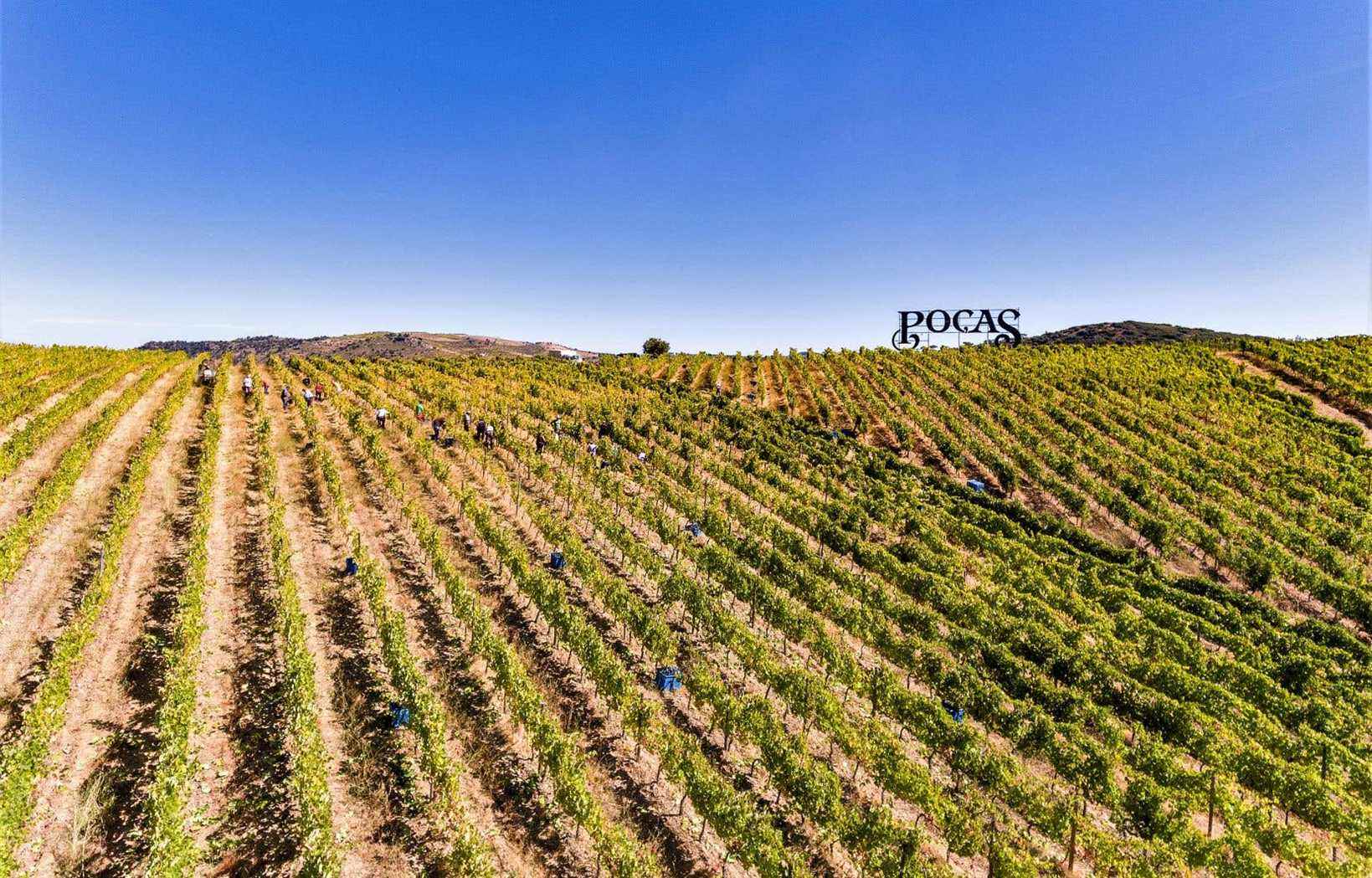It’s an open secret to say that port consumption has run out of steam in recent years, both in Quebec and in other markets, with the possible exception of the United Kingdom. France, for its part, is still fond of the volume of entry-level ports, transfers which certainly do not bring glory to the great lord of the Portuguese Douro.
With the rapid development of mixology, there is certainly the temptation to integrate these soft drinks in the form of cocktails or, as Rupert Symington informed us (Graham’s, Dow’s, Cockburn’s, etc.) during a last meeting, to dare to approach Vintage Ports in their prime by simply savoring them both for their stupefying fruitiness and their ability to delight a good pepper steak at the table.
Gone are the days when you had to turn the hourglass over for twenty years before you even dared to think of removing the cork from a great vintage.
The Douro Boys
The 1990s would change the game with the appearance of the Douro Boys, a group of five wine estates, namely Niepoort, Quinta do Vallado, Quinta do Crasto, Quinta Vale D. Maria and Quinta do Vale Meão, whose goal was to make the promotion of the magnificent terroirs of the Douro, with their plots and localities, but also to give consumers the idea that the dry wines of the region could advantageously compete with the other great wines of the world, whether on the maps of the restaurants as well as in the wine cellars of amateurs.
Sweets gone dry
This small revolution aimed at further developing dry wines compared to sweet wines – currently in proportions of 20/80 – is on the way to radically shaking up the cultural and historical character of sweet wines from the Douro region.
Are we here in the process of rewriting history to better adapt to a market of consumers sulky of fortified wines?
The current quality of the “dry” at least confirms that the future seems devilishly promising for them. We tasted a few recently, despite the still recurring problems related to supplies.
Vale de Cavalos 2019, Poca ($18 – 12455184). Bought in 1988, this fourth-generation Poças vineyard certainly doesn’t serve us the “leftovers” here that don’t go into port. A colorful dry red that offers chewiness, freshness and a runny mouthfeel to delight you with a good spicy grilled sausage. (5) ★★ 1/2
Vinha Grande 2019, Casa Ferreirinha, Douro ($18.20 – 865329). We had met on the spot, at the time, during a tasting of the stable of wines of the Sogrape house, the great Portuguese oenologist Fernando Nicolau de Almeida, a generous, modest man, dressed as soberly as his wines become great classics. It was the rigor and straightforwardness of the wines, but above all the finesse of the tannins that were so attractive.
This is the case here. Color of unusual intensity, aromas of peppery peony, cocoa, blackcurrant and tender but tight mouth, very fresh, with great civility. At this price, go for it! (5) © ★★★
Sino Da Romaneira 2018, Douro ($20.50 – 12291319). It is on a supple, melting, almost satiny patina, with a taste of cocoa-vanilla-coffee that this dry, generous, fresh and full-bodied red is presented, amplifying with the passage of an equally prodigal and generous fruitiness. Simply delicious. (5) ★★ 1/2
La Rosa 2019, Douro ($22.70 – 928473). More than 50% of touriga nacional devotes here a modern, ample and fruity cuvée, revealing over the course in the mouth both an outfit, a texture but also a very fresh tannic structure revealed by the superb terroirs available to this innovative house managed by Sophia Bergqvist and Jorge Moreira.
It should be noted that dry wines have here taken precedence over the production of house ports. (5) © ★★★
Passagem 2018, Quinta Das Bandeiras, Douro ($29.60 – 12185698).This new vineyard, which fell into the hands of the Bergqvist family (see La Rosa above), delivers a strong personality from the top of its vineyard located in the Upper Douro.
We have here a red for laying down, abundantly colored and fruity (blackcurrant), with an immense fruity chewiness, structured with fresh and abundant tannins. In short, a lot of panache here. (5+) © ★★★ 1/2
